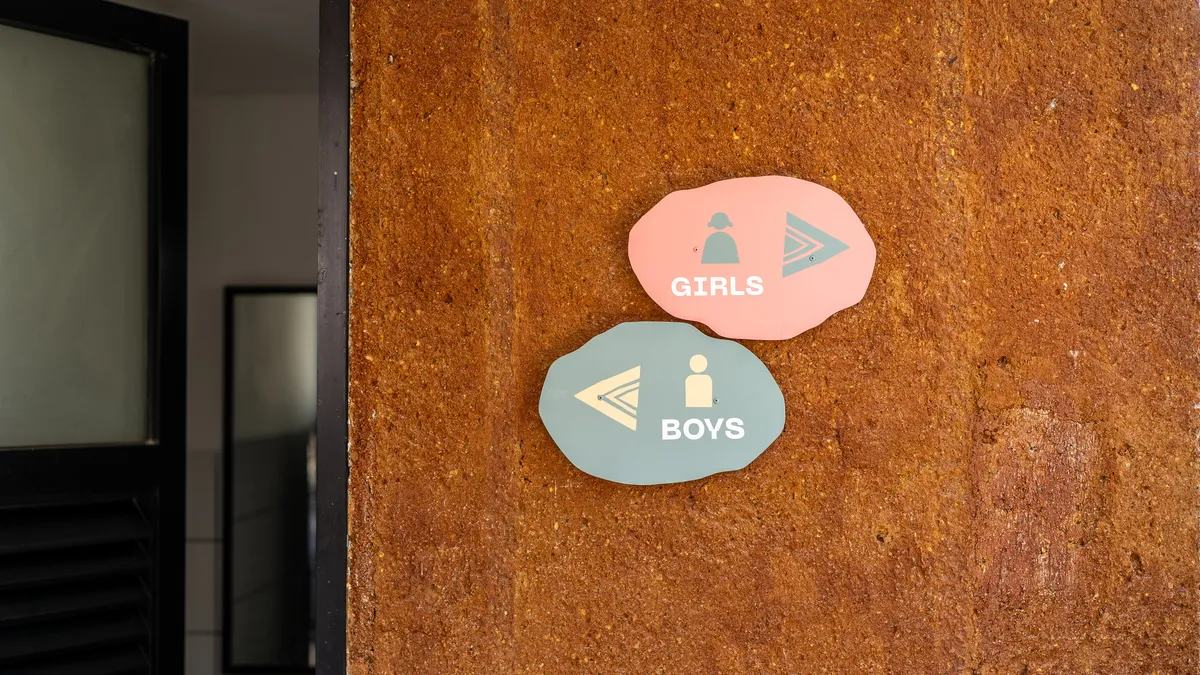This is the latest installment of Study Hall, an occasional series that serves as a one-stop shop for must-know information on critical topics impacting schools. For previous installments, click here.
Section 504 of the Rehabilitation Act of 1973 prohibits discrimination on the basis of disability in K-12 schools and higher education institutions that receive federal financial assistance. The law says public schools and colleges must provide individuals with disabilities with meaningful access to their programs or activities in the most nonsegregated setting appropriate. Meaningful access can include modifications to programs so people with disabilities can participate as equally as people without disabilities do.
Nearly all private colleges and universities must also abide by Section 504, because they receive federal financial assistance by participating in federal student aid programs.
What does that mean in practice?
In K-12 and higher education, Section 504 accommodations for students with disabilities can include academic, mental and physical supports. A student who qualifies for Section 504 services may receive individualized accommodations such as seating in a classroom’s front row, extended time to complete tests, supports for managing diabetes and other ailments, reduced courseloads or specific services to address anxiety.
For K-12 students, those services can take place in a general or special education classroom. Elementary and secondary students with disabilities could also be entitled under the Individuals with Disabilities Education Act to a free, appropriate public education designed to meet their individual needs. K-12 students can qualify for services under both IDEA and Section 504 service or just one of the two or the other.
In addition to academic settings, Section 504 covers all the operations of a school or college including extracurricular activities, athletics and other programs. Section 504 requires schools to be physically accessible and applies to actions of a school or college regardless of where they occur, including those that take place in school facilities, on a school bus, and at school-sponsored events off campus.
The Americans with Disabilities Act of 1990 also prohibits discrimination based on disability.
There are no federal grant programs that directly assist schools to comply with Section 504. The U.S. Education Department's regulations for Section 504 have remained largely unchanged for nearly 48 years, since their release in 1977.
Who qualifies for services?
Those who qualify for Section 504 services include people with a physical or mental impairment or a history of impairment that substantially limits a major life activity. Those life activities can include caring for one's self, walking, seeing, hearing, speaking, breathing, performing manual tasks — and learning, according to the Education Department.
The determination of whether a student has a physical or mental impairment that substantially limits a major life activity is made on a case-by-case basis. In K-12 systems, the school or district and parents identify students who may be eligible for services. In fact, when a school is aware of a student’s disability — or suspects a student has a disability — and may be in need of special education or related services, it would be in violation of Section 504 to delay or deny the evaluation to determine eligibility.
At the college level, students need to self-identify as a person with disabilities and advocate for services and accommodations through the college's disability office.
All school districts and colleges that receive federal financial assistance and employ 15 or more people must identify at least one person who coordinates Section 504 services.
What is a Section 504 plan?
In K-12 public schools, an initial evaluation is used to identify students with a disability. This evaluation can also help determine if a student with disabilities qualifies for Section 504 services, as well as special education services under IDEA. K-12 students can qualify for services under both IDEA and Section 504 or just one of the two.
If a student is identified for Section 504 services in K-12, the school or district may create a written Section 504 plan that details accommodations, including the time and place the student will receive services. While written Section 504 plans are not mandated in the regulations, the Education Department's Office for Civil Rights encourages this documentation to avoid misunderstandings.
Section 504 plans that students use in high school do not carry over to college settings. According to the Education Department, colleges do not have to provide accommodations to students with disabilities that would fundamentally alter the nature of a program, lower or waive essential academic requirements, or result in undue financial or administrative burdens.
How many students receive Section 504 accommodations?
Only 3% — or 1.6 million — of all students ages 3-21 were served only by Section 504 in the 2020-21 school year, according to the Civil Rights Data Collection. In comparison, 6.8 million — or about 14% — of the nation’s total 49.2 million students were served under IDEA. Most elementary and secondary students served by Section 504 only were White and male.
About 21% of students who attended college in 2020 had disabilities, according to a 2024 U.S. Governmental Accountability Office report. Although it's not clear how many students sought out Section 504 services, GAO said the number of college students with disabilities has been increasing due to more students reporting mental health conditions or attention deficit disorder.






 Dive Awards
Dive Awards












